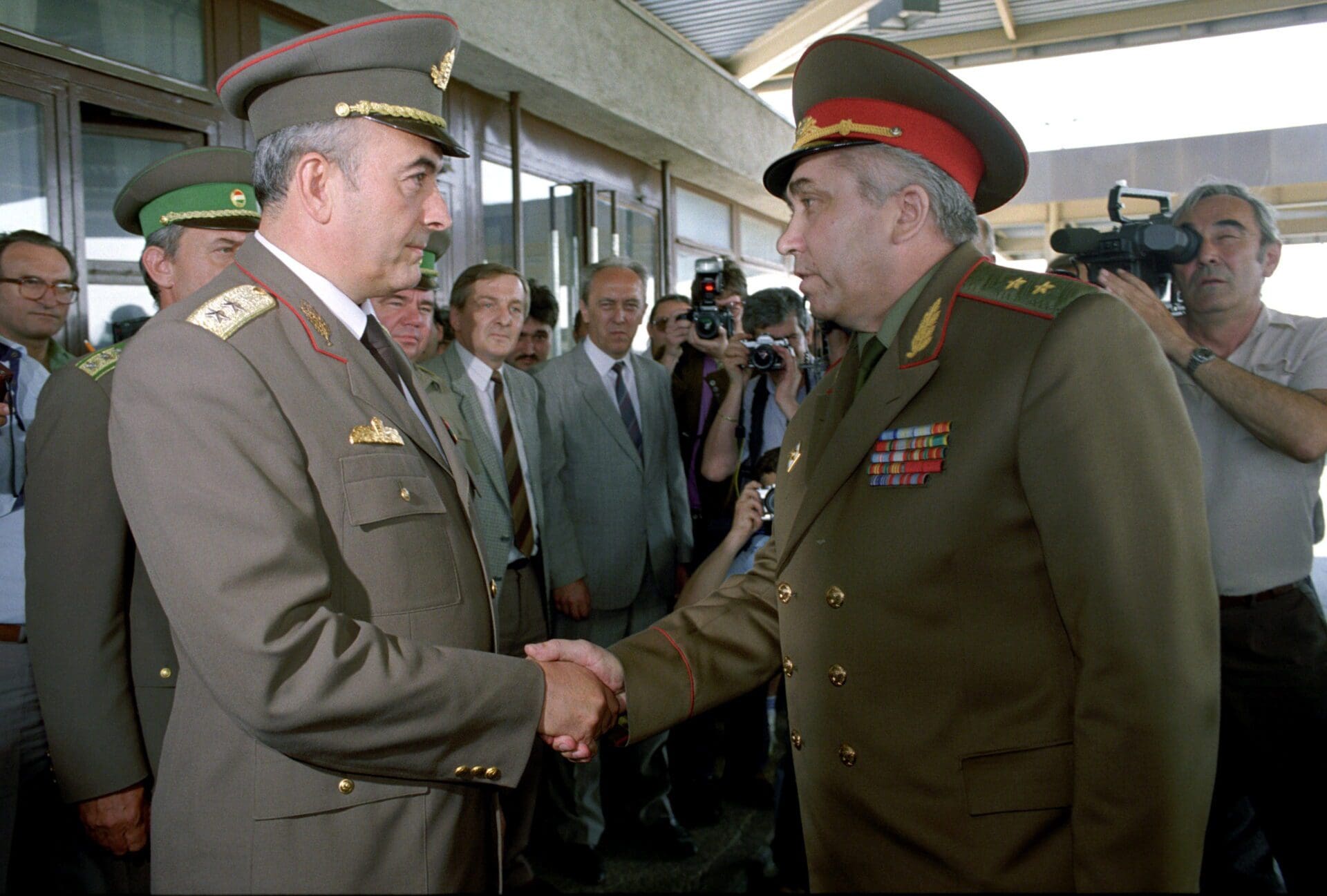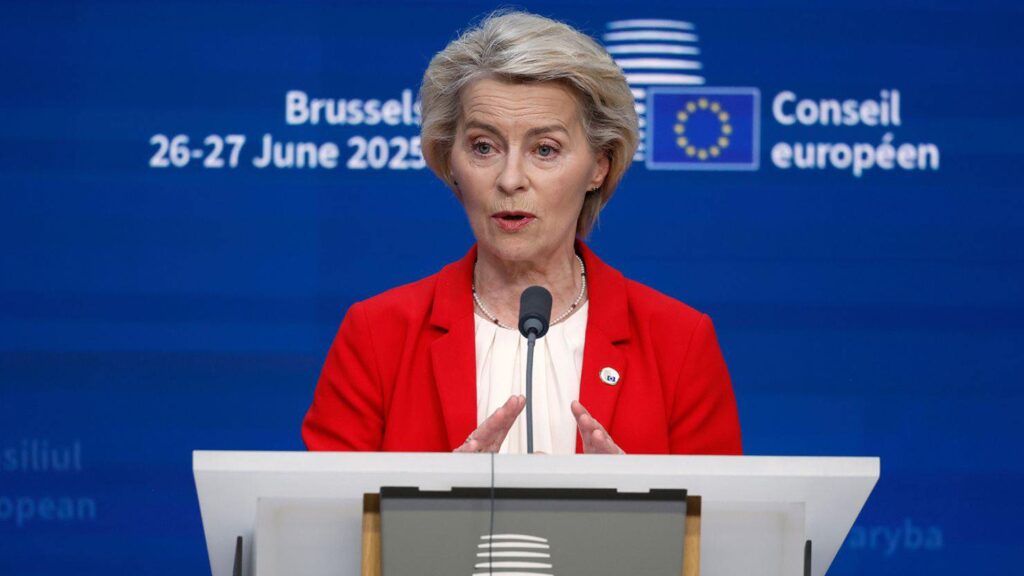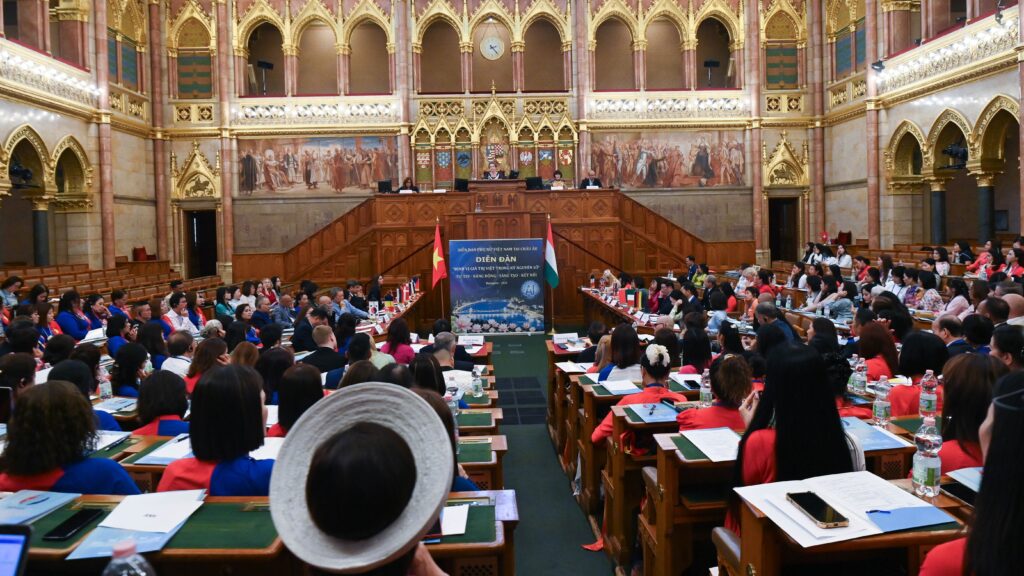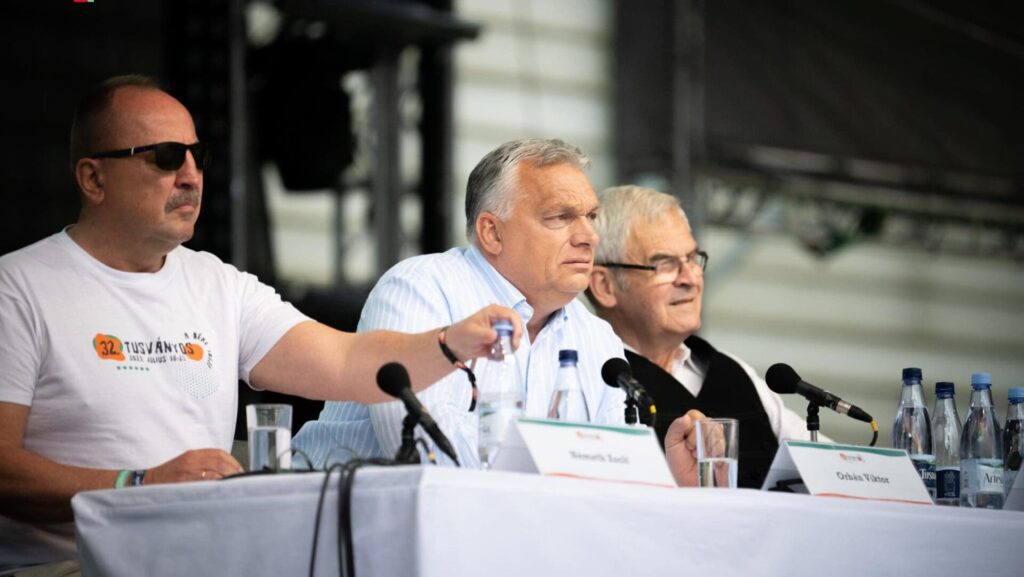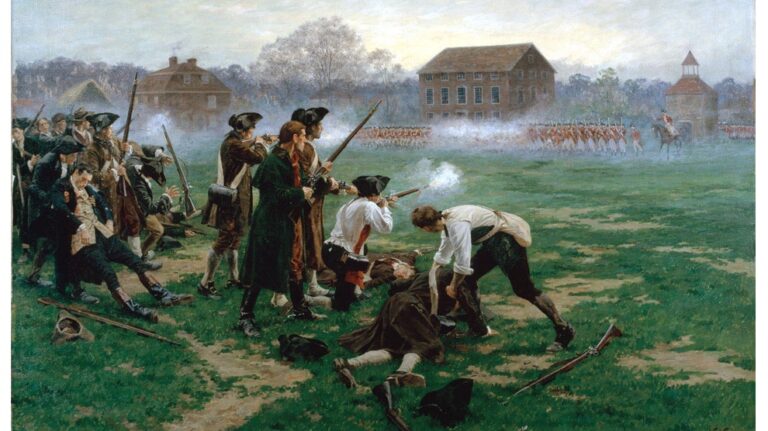On 14 June 1991, the news that dominated the headlines of all Hungarian newspapers was that in five days the last Soviet soldier would leave Hungary. The last Soviet soldier happened to be Viktor Shilov, born on 16 May 1940 in Slavuta, who died on 13 April this year in the town of Ungvár (Uzhhorod) in Transcarpathia, Ukraine.
Lieutenant General Shilov, a Soviet military officer of Ukrainian origin, was commander of the Soviet Southern Group of Forces from December 1990 to June 1991. He had previously served in Czechoslovakia and Kazakhstan, was appointed Deputy Commander of the Southern Group of Forces temporarily stationed in Hungary in 1988, and became Commander of it two years later, in December 1990.
But how did Soviet troops end up being stationed in Hungary in the first place?
The Soviet Red Army occupied Hungary in 1944–45, at the end of the Second World War, driving out the occupying German soldiers. This was officially called ‘liberation’ for forty-four years afterwards, although there is now a very broad consensus among Hungarian historians that our country merely replaced one occupying totalitarian power with another.
The presence of Soviet troops in Hungary was of course illegal. The Paris Peace Treaty of 1947, which ended the war, required them to be withdrawn from our country, and although the treaty allowed for the necessary number of soldiers to remain here to ‘maintain the lines of supply’, there were obviously many more than that. The ‘legalisation’ of the presence of the Soviet forces that crushed the 1956 revolution was carried out by the new, collaborationist Kádár government when on 27 May 1957, Imre Horváth, Minister of Foreign Affairs, and Géza Révész, Minister of Defence, signed an agreement with the Soviet side on the ‘legal status of Soviet troops temporarily stationed on the territory of the Hungarian People’s Republic’, proclaiming that ‘in the present international situation…the temporary presence of Soviet troops in the territory of the Hungarian People’s Republic is beneficial and in accordance with international conventions to ensure joint defence against possible aggression.’ What ‘international conventions’ this was in accordance with was not revealed.
At the end of the Cold War, US President Ronald Reagan put increased pressure on Gorbachev to withdraw his troops from Eastern Europe, and the Soviet Communist Party General Secretary announced this in March 1988. At that time, the Soviet army had about 100 bases, sites or other military installations in Hungary. Between 25 April and 28 May 1989, tens of thousands of soldiers (according to some sources, 100,000 Soviet citizens!),
thousands of tons of ammunition and thousands of armoured vehicles left the country, a process that lasted for a year.
The last train left Hungary on 16 June 1991, a date that coincided with the anniversary of the reburial of Imre Nagy and his fellow martyrs in Budapest. The post-withdrawal financial settlement dragged on for nearly a year and a half, with Hungary making serious environmental damage claims.
Lieutenant General Shilov spent his last days celebrating. The occupation by the totalitarian dictatorship, which had crippled the Hungarian people for nearly forty years, ended without bloodshed. These were sad but triumphant days, with neither satisfaction nor further suffering.
‘On Monday, a battalion of Soviet military units, the first to leave Hungary under the agreement, set out from the railway station in Hajmáskér,’ wrote a newspaper of the time.[1] The military attachés of the embassies in Budapest, the Hungarian Defence Forces and the Foreign Ministry gathered at one of the military bases of the Transdanubian region for the occasion. ‘All the adults and children of Hajmáskér were there at the railway station to see for themselves how the Soviet side was keeping its promise of a month ago.’
‘Groups from the different parties were also present at the event, with flags and banners. The Free Democrats and Social Democrats were joined by Fidesz, which called for the troop withdrawals to be speeded up. At the farewell ceremony in Hajmásker, the Soviet soldiers returning to their homeland were greeted in a short speech by Viktor Shilov, First Deputy Commander of the Southern Group of Forces, László Ábel, member of the Board of the Hungarian-Soviet Friendship Society, and Rezső Maród, Chairman of the Veszprém City Council, who all wished the returnees a safe journey. The train rolled out of the Hajmáskér railway station at 13:00 to the sound of military music.’
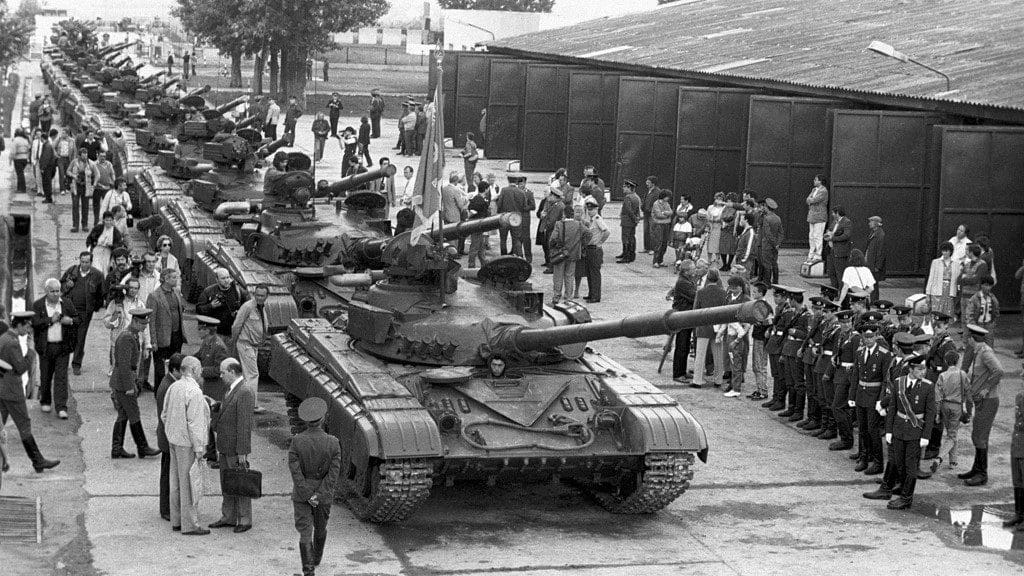
Shilov was soon received by the highest state dignitaries.
‘The withdrawal from Hungary will bring the Soviet Union a huge gain in prestige in world politics, and the withdrawal will also mean a moral renewal of the Soviet army,’ Prime Minister József Antall said in parliament when he received Shilov on his farewell visit.[2]
In his remarks, the prime minister said that the six parties represented in the Hungarian parliament were united on the issue of Soviet troop withdrawal, just as their historical predecessors had been united in their opposition to Hitlerism during the Second World War. That was a clever line—it could be interpreted in two ways. Either it was a thank you for the liberation of our country to the Soviet side, or it was an honest parallel-drawing between the Nazis and the Soviets.
Antall, also extolling the merits of Shilov, said that the Lieutenant General could be proud of having carried out such a huge task in the service of his country, according to schedule, in a well-organised and disciplined manner. The Prime Minister drew attention to the fact that the Hungarian people and the Soviet army were obviously experiencing the withdrawal with different feelings. ‘For us, this day is a great national joy,’ he said, adding that ‘we understand the serious problems and difficulties that this step entails for the soldiers returning to their homeland.’
All Antall said of the sins of the past was that the presence of the Soviet army had brought to Hungary ideas with which ‘we do not agree’ and which violated ‘our sovereignty. Perhaps that was all he needed to say. The Prime Minister also expressed his conviction that ‘Hungary and the Soviet Union will continue to be good neighbours and friends.’ The Prime Minister concluded by presenting Shilov with a Herend vase as a token of his personal appreciation and one of his books on history, published ten years before in Russian.
Lieutenant General Shilov was also received by President Árpád Göncz. The head of state said: ‘We bid farewell to the commanding staff and crew of the Soviet forces stationed in Hungary with a sincere, friendly handshake. We thank the Soviet Union for withdrawing its troops from Hungary on the basis of a bilateral agreement, on its own accord, and thus restoring the full sovereignty of our country.’ For the sake of ‘staying true to history’, he recalled that ‘it was not the Soviet Union that declared war on Hungary, but it was Hungarian soldiers who first entered Soviet soil.’ From Göncz’s words we can see how much more correct Antall’s attitude was: it is better not to rake up the past at such times.
On 19 June 1991, Lieutenant General Shilov arrived at the Záhony border station at 14:50,
where he said goodbye to Lieutenant General Antal Annus, state secretary of the Defence Ministry, and the State Secretary of the Ministry of Defence. He himself left in a black Volga car, in civilian clothes, with a diplomatic passport.
After the withdrawal of Soviet troops from Hungary, he was appointed commander of the Soviet peacekeeping forces stationed in Moldova. During the fighting in the Dniester region, he suffered a leg wound and was captured for two days. He retired in 1992, aged 52. After his retirement he settled in the small village of Felsődomonya, Transcarpathia. ’The Hungarian people are a wonderful people, I have great respect for their life, their values, their customs, their art and their culture,’ he told a newspaper not long ago.
In 2021, Shilov donated his uniform to the House of Terror Museum, which exhibited it at the entrance of the museum as part of the commemorative year titled 30 Years of Freedom.
On 8 May 2001, the Hungarian National Assembly adopted Act XVII of 2001 on the significance of the regaining of the country’s freedom and declared 19 June a national day of remembrance in commemoration of the withdrawal of Soviet troops from Hungary, and the last Saturday of June as the Day of Hungarian Freedom.
[1] Heves Megyei Népújság, 13 March 1990.
[2] Hajdú-Bihari Napló, 14 June 1991.

